In the vast tapestry of avian life, with its spectacular migrations and globe-spanning journeys, there exists a remarkable outlier – a bird that spends its entire existence within the confines of a single tree. This sedentary lifestyle, so contrary to our understanding of birds as creatures of flight and freedom, represents one of nature’s most fascinating adaptations to environmental pressures. The phenomenon of tree fidelity in certain bird species offers a window into the complex interplay between evolution, ecology, and survival strategies. As we explore this remarkable adaptation, we’ll discover how staying put has become not just a quirk but a sophisticated survival strategy that has allowed these specialized birds to thrive in their ecological niches.
The Extraordinary Mangrove Finch
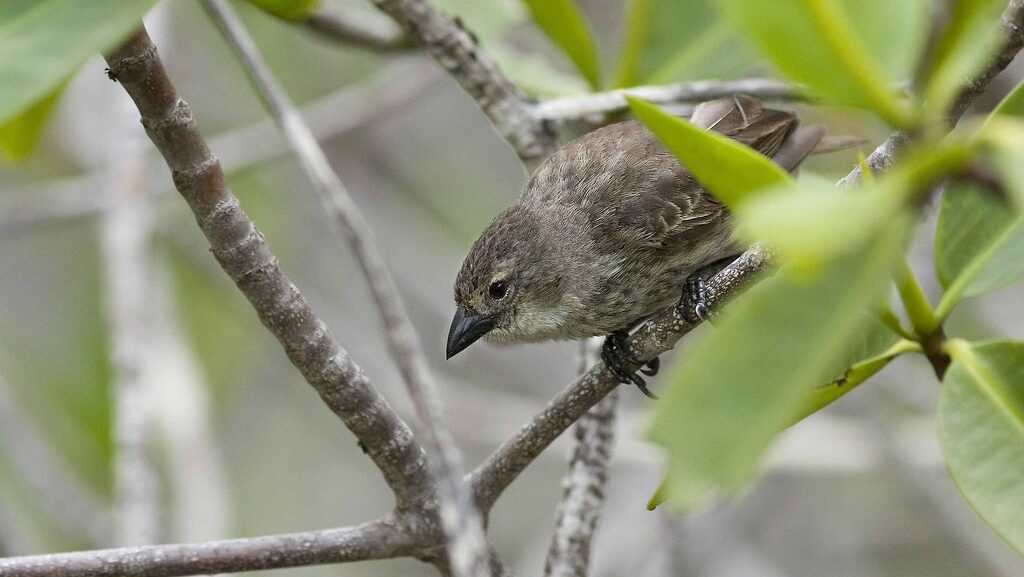
Among the most extreme examples of tree fidelity is the critically endangered Mangrove Finch (Camarhynchus heliobates), one of Darwin’s famous finches from the Galapagos Islands. These specialized birds have evolved to inhabit only the dense mangrove forests on two small islands, with some individuals spending their entire lives within a single mangrove stand. Their specialized beaks are perfectly adapted for extracting insects from the bark and crevices of their home trees, making relocation nearly impossible from an evolutionary standpoint. Scientists have documented individuals that maintained territories within a single mangrove cluster for their entire 5-7 year lifespan, never venturing more than a few dozen meters from their birthplace. This extreme site fidelity represents one of the most specialized habitat dependencies in the avian world.
Evolutionary Advantages of Tree Fidelity
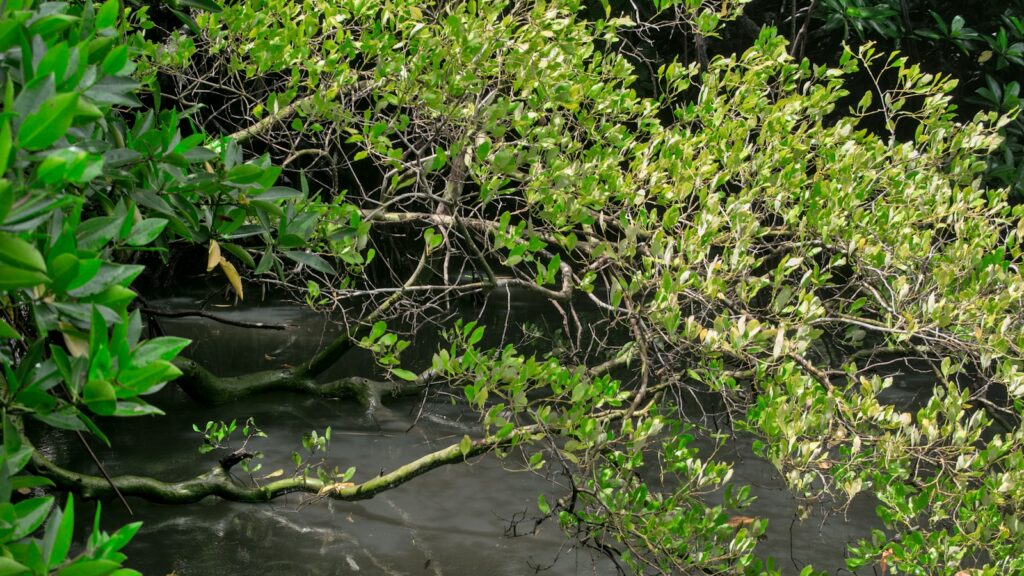
Tree fidelity offers surprising evolutionary advantages that have reinforced this behavior across generations. Birds that remain in one tree develop an intimate knowledge of every branch, hollow, and resource within their territory, allowing them to exploit food sources with maximum efficiency. They become experts at identifying the best nesting locations, hiding spots from predators, and seasonal food opportunities specific to their tree. Research has shown that sedentary birds often have higher breeding success rates than more nomadic species, as they invest less energy in movement and more in reproduction and territory defense. Additionally, by staying put, these birds can develop specialized adaptations to the microclimate and specific insect prey found in their chosen tree, allowing for evolutionary specialization that would be impossible for more generalist species.
The Role of Island Biogeography
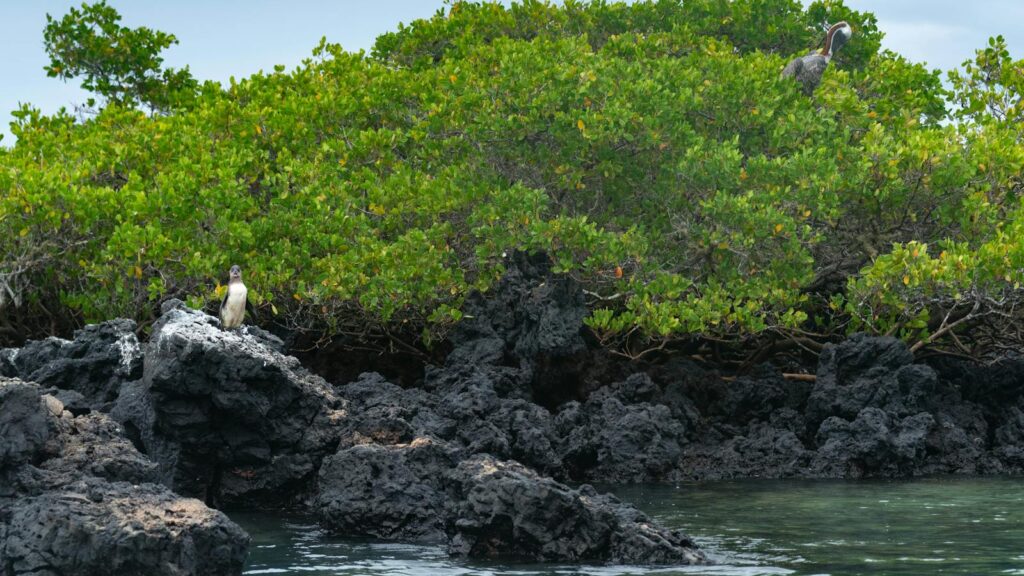
Island environments have played a crucial role in the evolution of extreme tree fidelity behaviors. The isolated nature of islands creates unique selective pressures that favor specialization over generalization. On islands, birds face reduced competition and predation compared to mainland environments, allowing them to develop increasingly specialized behaviors without the same survival pressures. Island birds also encounter fewer habitat types, making broad adaptability less advantageous than deep specialization in available niches. The theory of island biogeography, pioneered by Robert MacArthur and E.O. Wilson, helps explain why island birds are more likely to develop extreme site fidelity – the smaller area and isolation create evolutionary “laboratories” where specialized behaviors can develop without the homogenizing effect of gene flow from mainland populations. This explains why many of the most extreme examples of tree fidelity are found on isolated island chains like Hawaii, the Galapagos, and remote Pacific atolls.
The Hawaiian Honeycreepers’ Extreme Specialization
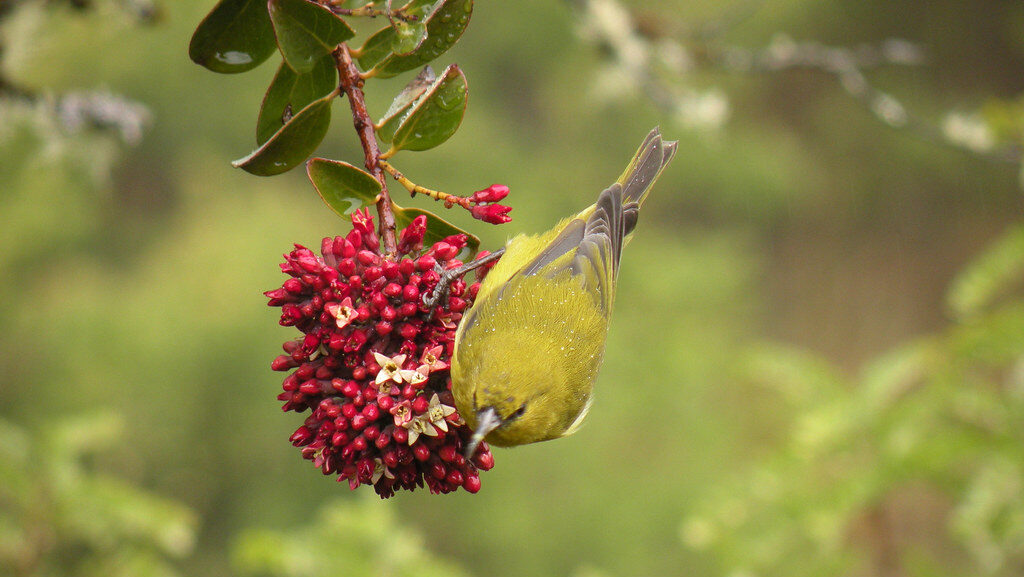
Hawaii’s honeycreepers represent another striking example of birds that have evolved extreme tree fidelity. Species like the ‘Akiapōlā’au (Hemignathus munroi) have become so specialized to particular tree species that individuals rarely leave their home tree or small stand of trees throughout their lives. These birds possess remarkably specialized bills – with an upper mandible for probing and a lower one for drilling – perfectly adapted for extracting insects from the bark of specific native trees. Their extreme specialization means they cannot effectively forage on introduced tree species, forcing them to maintain residence in their natal trees. Researchers tracking individual ‘Akiapōlā’au have documented birds maintaining territories within a single koa or ohia tree for up to a decade, highlighting how specialization can lead to extraordinary site fidelity.
Resource Partitioning and Ecological Niches
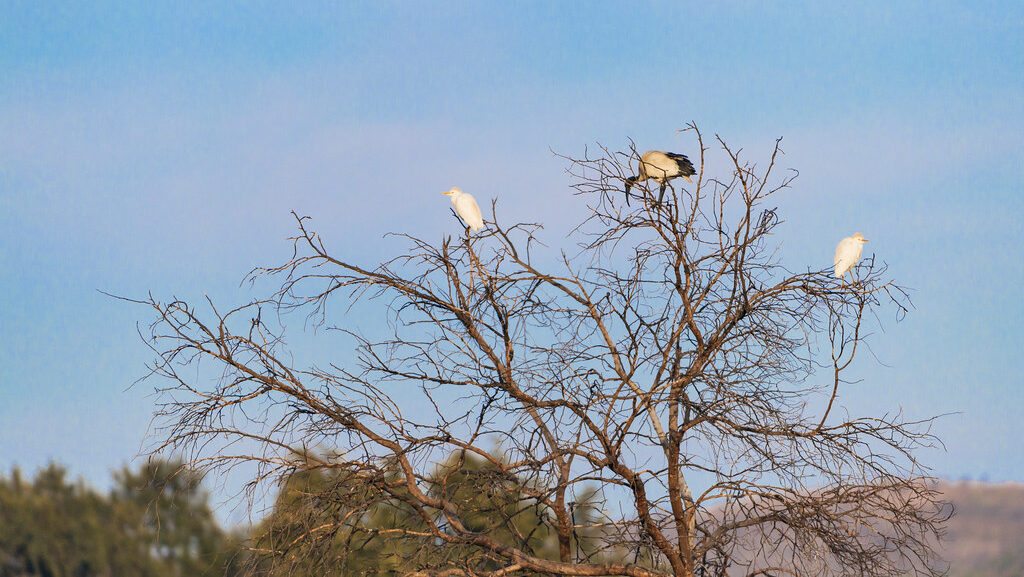
Tree fidelity represents a sophisticated form of resource partitioning, allowing multiple bird species to coexist by specializing in different microhabitats. By focusing on a single tree or small stand, these highly specialized birds avoid direct competition with more generalist species that move between multiple habitats. This ecological specialization creates a system where different bird species can extract resources from the same environment without directly competing. In tropical forests, studies have documented up to 30 different bird species inhabiting a single emergent tree, each specializing in different sections, from the upper canopy to the lower branches, or from the trunk to the outermost twigs. This three-dimensional partitioning of habitat resources demonstrates how extreme specialization and site fidelity contribute to the remarkable biodiversity of tropical forest ecosystems.
Risks of Extreme Specialization
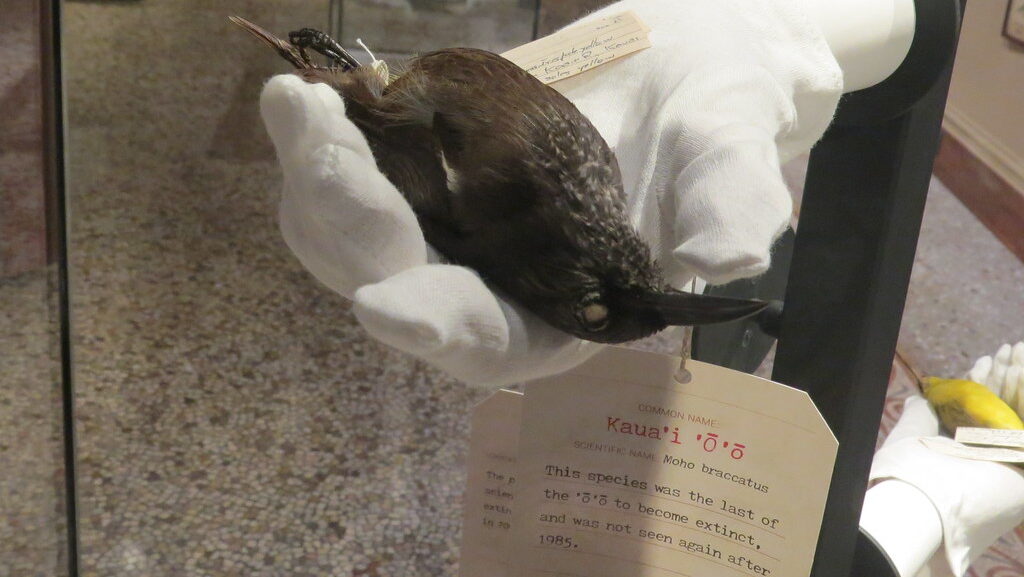
While tree fidelity offers clear advantages, it also creates significant vulnerability to environmental changes. Birds that have evolved to depend on a single tree or tree species face existential threats if their preferred habitat disappears. Climate change, introduced diseases, and habitat destruction have devastated many tree-specialist bird populations, with some species becoming extinct when their host trees succumbed to these pressures. The ‘Ō’ō (Moho species) of Hawaii provides a tragic example – these birds evolved extreme fidelity to specific flowering trees, and when these trees declined due to introduced diseases and habitat loss, the birds rapidly disappeared. Additionally, tree specialists often lack the behavioral flexibility to adapt to new conditions, making them particularly vulnerable to rapid environmental changes that outpace evolutionary adaptation.
The Remarkable Case of the Palila

The Palila (Loxioides bailleui), a critically endangered Hawaiian honeycreeper, demonstrates perhaps the most extreme case of tree fidelity in the avian world. This striking yellow-headed bird lives exclusively in māmane forests on the slopes of Mauna Kea volcano, with individuals rarely venturing beyond a single stand of trees throughout their lifetime. The Palila has evolved to depend entirely on the green seeds of the māmane tree, which contain toxins that would poison most other birds but which the Palila has developed specialized enzymes to digest. Their beaks have evolved specifically to crack open māmane seed pods, and their digestive systems can process the toxins that deter other potential competitors. With fewer than 2,000 individuals remaining, the Palila’s extreme specialization illustrates both the evolutionary marvel and vulnerability of tree fidelity as a life strategy.
Cognitive Adaptations for Arboreal Life
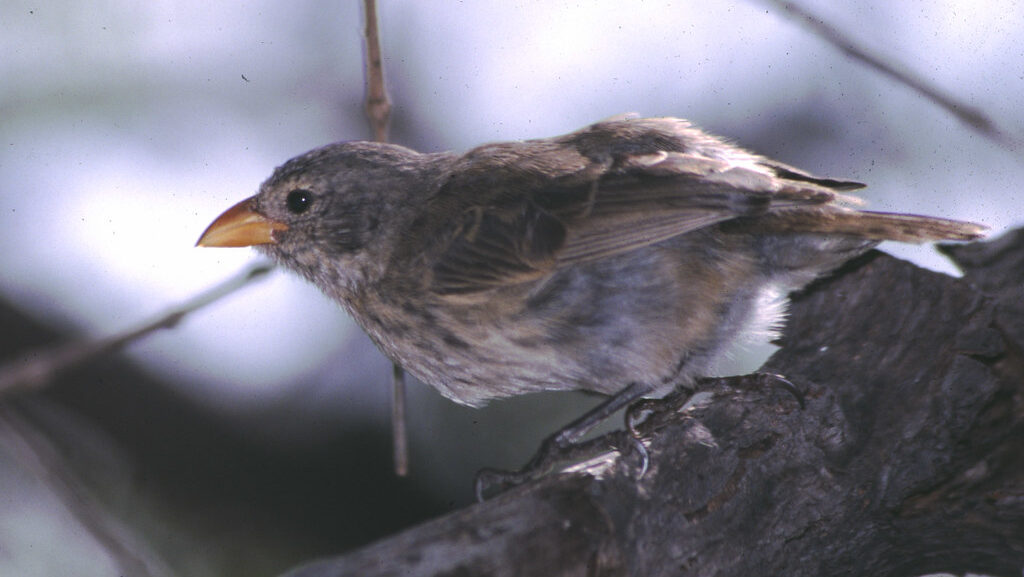
Birds that spend their entire lives in a single tree develop remarkable cognitive adaptations specific to their restricted habitat. These species possess exceptional spatial memory, enabling them to remember the location of every food source, cavity, and seasonal resource within their territory. Research using cognitive tests has demonstrated that tree-dwelling specialists often outperform more generalist species in spatial memory tasks relevant to their specific environment. These birds also develop sophisticated mental maps of their three-dimensional territory, allowing them to navigate complex branch structures even in complete darkness. Additionally, tree specialists develop precise timing abilities, learning exactly when specific branches will flower or fruit, or when particular insects will emerge, allowing them to maximize resource exploitation through temporal as well as spatial specialization.
Social Structures Within the Tree
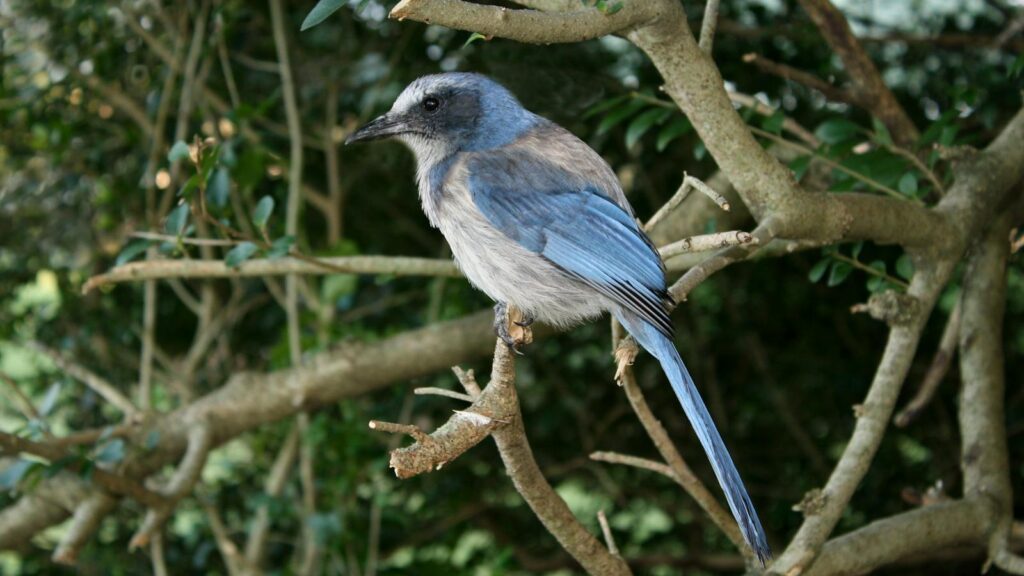
For birds that never leave their home tree, complex social structures often develop within this limited space. Some tree-dwelling specialists form cooperative breeding groups, where multiple individuals help raise offspring within the confines of their shared tree territory. These cooperative arrangements allow for more effective resource utilization and predator defense within a limited space. In species like the Florida Scrub-Jay, which shows extreme site fidelity to small territories, researchers have documented complex social hierarchies and inheritance patterns for prime tree territories. Interestingly, some tree specialists also develop sophisticated vocalizations specific to communicating within dense foliage, with calls that transmit effectively through the particular acoustic environment of their home tree.
Physiological Adaptations for Sedentary Life
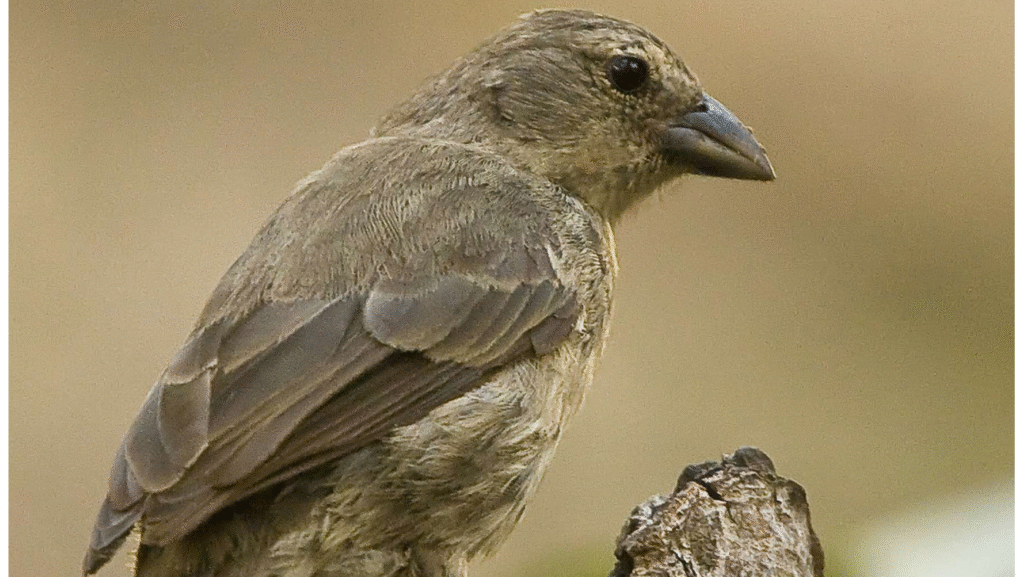
Birds that remain in a single tree throughout their lives develop distinctive physiological adaptations that differ markedly from their migratory relatives. These sedentary specialists typically have lower metabolic rates and smaller pectoral muscles, as they don’t need to store energy for long flights or maintain the powerful flight muscles required for migration. Their cardiovascular systems are optimized for short bursts of activity rather than sustained exertion, with relatively smaller hearts and different hemoglobin profiles. Researchers have also documented differences in hormone regulation, with tree specialists showing less pronounced seasonal changes in testosterone and corticosterone levels compared to migratory relatives. These physiological adaptations represent trade-offs that allow tree specialists to invest more energy in reproduction and territory defense rather than locomotion.
Conservation Challenges for Tree Specialists
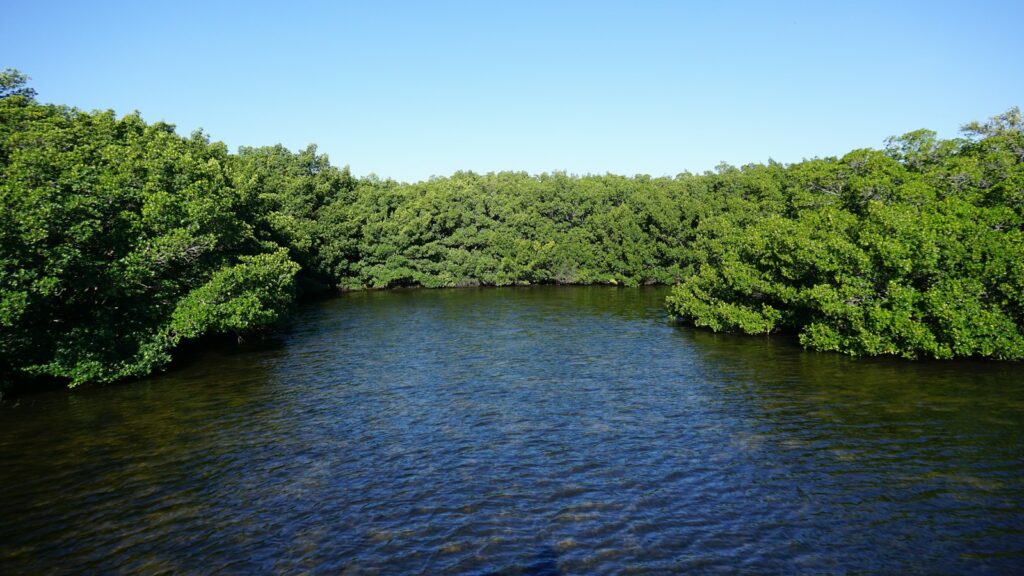
The extreme specialization of tree-dwelling birds presents unique conservation challenges that require targeted approaches. Traditional conservation methods like habitat corridors often prove ineffective for species that refuse to travel between habitat patches, even when bridges of suitable habitat are provided. Conservation efforts for these specialists must instead focus on preserving intact stands of their preferred trees and sometimes even individual trees of particular importance. Captive breeding programs for tree specialists face additional hurdles, as these birds often refuse to breed outside their specialized habitat and may not accept artificially provided substitutes for their natural food sources. The most successful conservation initiatives for tree specialists have involved comprehensive ecosystem protection, including efforts to safeguard the specific tree species from diseases, invasive competitors, and climate change impacts.
The Future of Tree Fidelity in a Changing World

As our planet undergoes rapid environmental changes, the future of extreme tree fidelity as a viable evolutionary strategy hangs in the balance. Climate change is causing shifts in tree phenology and distribution that outpace the evolutionary adaptability of many specialist birds. Rising temperatures have already disrupted the synchronization between some tree specialists and their food sources, leading to breeding failures and population declines. Nevertheless, some tree specialists show surprising resilience – research on Galapagos finches has documented rapid evolutionary adaptation to changing conditions within just a few generations. Conservation geneticists are now studying whether assisted gene flow or targeted breeding programs might help boost adaptive capacity in the most vulnerable tree specialists. The fate of these remarkable birds will serve as a bellwether for how specialized adaptations fare in our rapidly changing world.
Conclusion
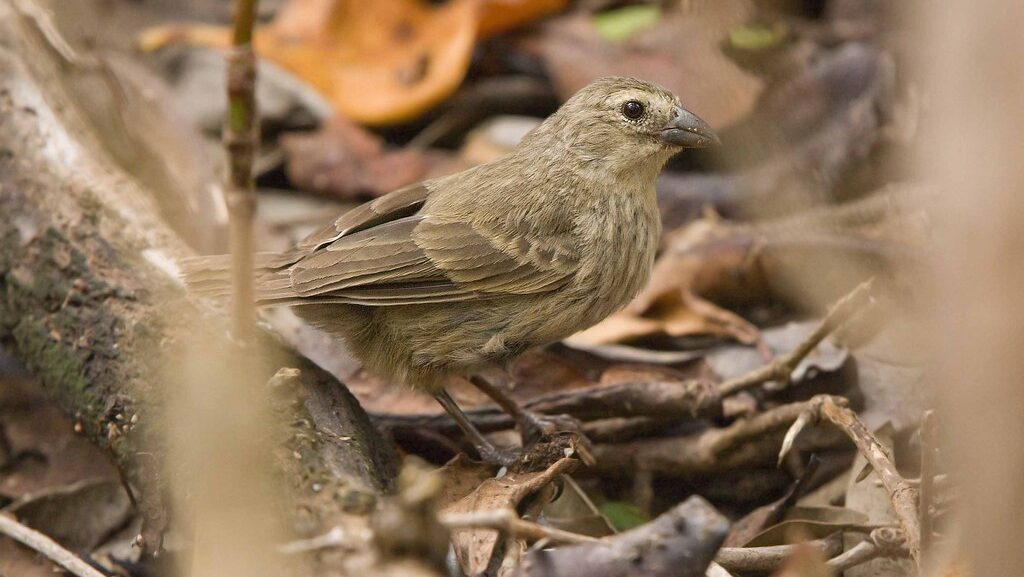
The phenomenon of birds living their entire lives within a single tree stands as a testament to the incredible diversity of evolutionary strategies in nature. These avian specialists, with their finely tuned adaptations and intimate relationship with their arboreal homes, represent both the marvels of evolutionary specialization and its inherent vulnerabilities. As we work to conserve these remarkable birds, we gain not just an appreciation for their unique adaptations, but also valuable insights into the delicate balance between specialization and adaptability that characterizes life on our planet. Their story reminds us that in nature’s grand experiment, there is no single path to success—even choosing to never leave home can be a sophisticated survival strategy, albeit one that faces unprecedented challenges in our rapidly changing world.
